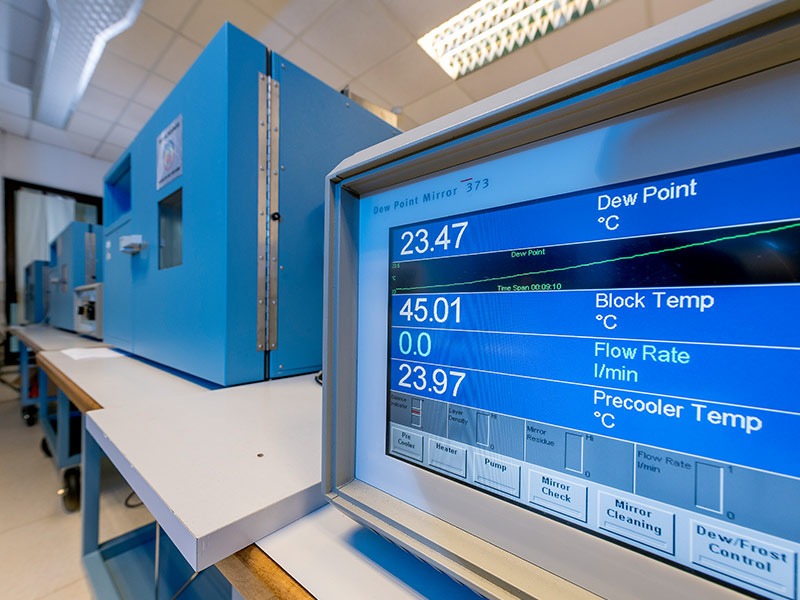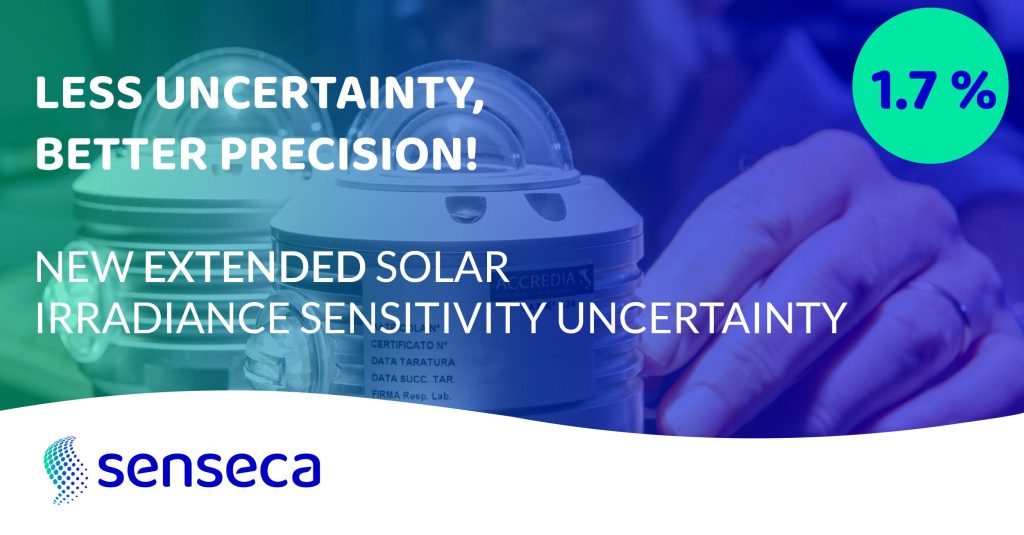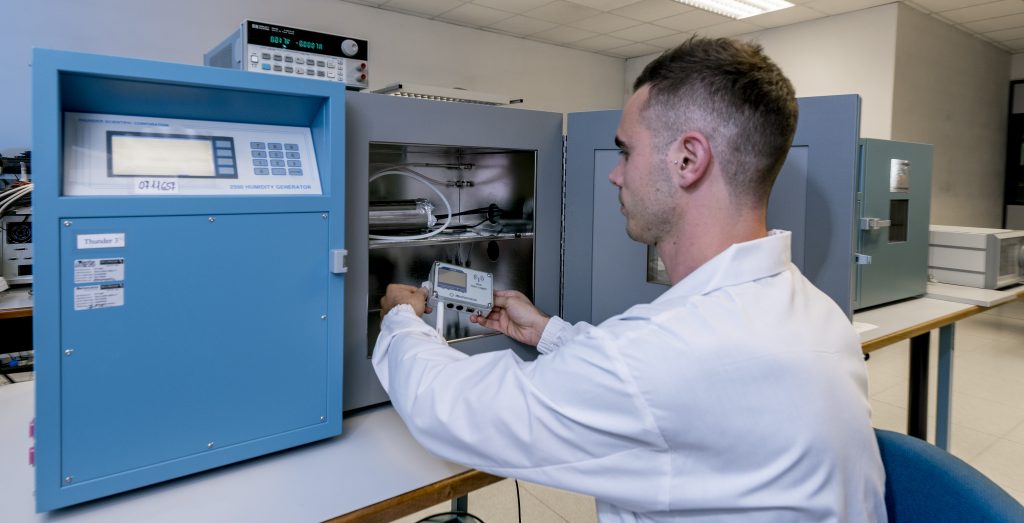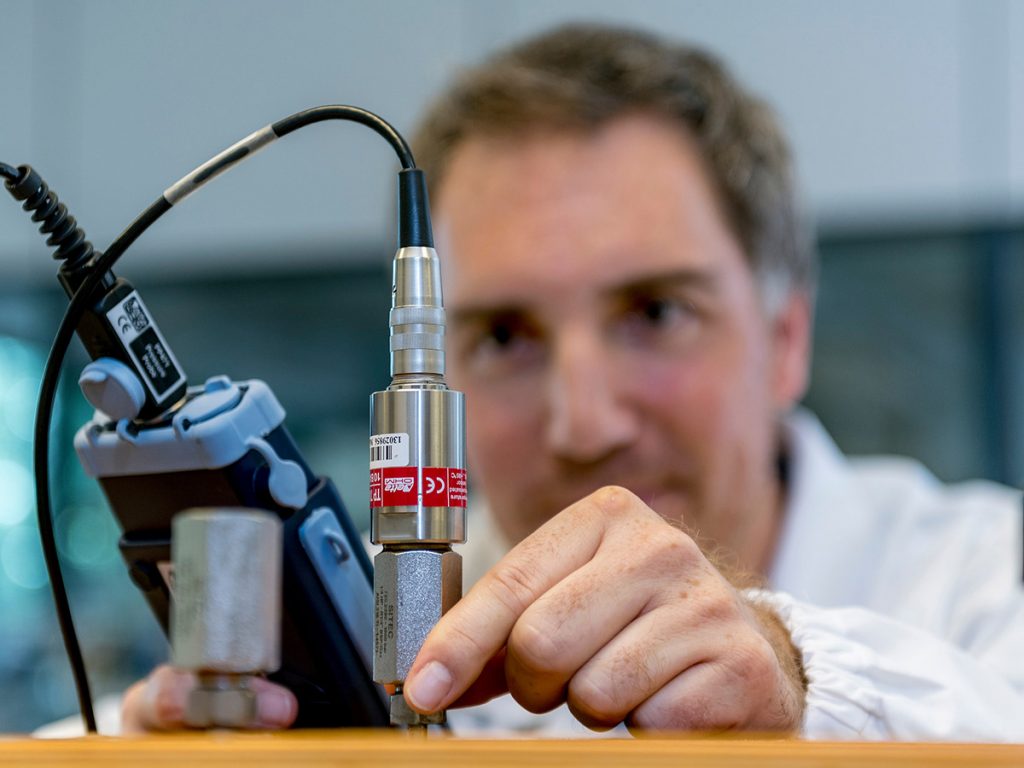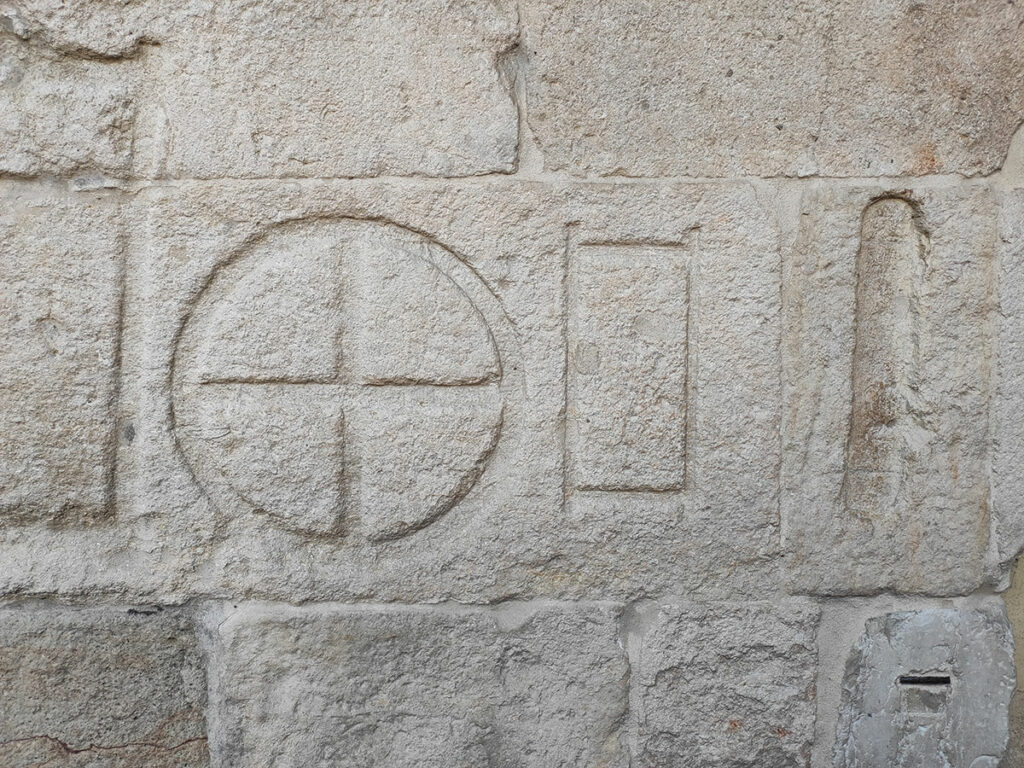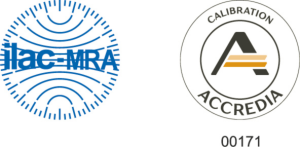A thermo-hygrometer is an instrument used to measure air temperature and relative humidity. As a key instrument for detecting environmental conditions, the thermo-hygrometer has a crucial function in two particular areas:
- control of people’s comfort in working environments, for which there are legal regulations with well-defined parameters (it is difficult for a private individual to need highly accurate instruments with which to take measurements at home).
- control of air parameters in specific areas such as museums, temperature-controlled environments (chemical laboratories, goods and transport warehouses, food stores, pharmaceuticals), rooms where particular production processes-cycles take place. In these situations, measurements must be precise, accurate and traceable.
Let’s take an example that is relevant to us: our laboratories operate under controlled temperature and humidity. The records of these parameters are periodically checked by the appointed authorized body which, in our case, is ACCREDIA. The temperature and humidity of the laboratories are recorded as environmental parameters in the certificates we issue after calibrating the instruments.
How often should a thermo-hygrometer be calibrated?
It is good practice to calibrate the thermo-hygrometer every year. In any case, the indications of the standards of the relevant sector must always be checked and the frequency of use and the state of maintenance of the instrument must also be taken into account.
How does the calibration of a thermo-hygrometer work?
When the instrument is delivered to our site, an initial check is carried out to ensure that it is working properly. The instrument is registered and sent to the calibration laboratory. A further check is carried out here. In addition, we wait for the instrument to stabilise at the environmental parameters of the laboratory (23 °C, 50 %UR).
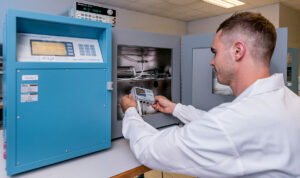
At this point, the thermo-hygrometer is placed in a climatic chamber, where temperature and humidity are stable and are measured by a reference thermometer and a mirror hygrometer. The mirror hygrometer measures the dew temperature, which, combined with the temperature measured by the thermometer, makes it possible to derive the relative humidity. The measurement taken with the thermo-hygrometer to be calibrated is compared with the two reference measurements.
The process is repeated for four different temperature values (4 °C, 23 °C, 40 °C, 58 °C), four humidity values (25 %UR, 45 %UR, 65 %UR, 85 %UR) and for the point of return at 45 %UR and a temperature of 23 °C. Instrument error and measurement uncertainty are reported for each measurement point.
How long does the calibration process of a thermo-hygrometer take?
The time required to carry out the calibration for the air temperature part is 2 working days: stabilisation for each measuring point is reached after about 4 hours.
For the relative humidity part, only one working day is needed, as the chamber takes about half a day for thermal stabilisation: at this point, about 40 minutes are needed for stabilisation of the relative humidity point.
In total, the activity therefore takes about 3 working days.
The certificate issued by the Senseca Calibration Centre shows the process carried out in every step. Here you can find a sample of the certificate issued.




